(September 24, 2015)
Fall 2014 the young people (ages 8-15) of our Farm Camp raised enough money at our annual Farm Camp Friendraiser to purchase two lambs to begin a fiber arts project. The idea of raising wool at Jo-Erl Farm is a symbolic nod to our beloved Blackstone Valley’s storied past as the birthplace of the American Industrial Revolution and the textile mills that still punctuate our river-ways today. It’s also an opportunity for the young people to run a micro-farm business, balancing both the economics and responsibilities of raising animals on the true razor’s edge that is known as farming.
This weekend,we will pick up the lambs we’ve purchased. It has taken an entire year to be ready! Like all good adventures, the point has not been the destination, but the journey.
The young people started the year by researching the merits of various breeds of sheep and doing presentations to one another. Mother nature’s key design strategy is a bit like a game of Monopoly. You might boast excellent rental return if you own Park Place and Boardwalk, but not have the cash flow after purchase to develop them. Nature is a similar game of trade offs. A fast growing sheep might have lower quality wool than a slower growing one. A prolific breeder might have thinner wool than a less prolific one.
The kids had some interesting conversations at our meetings as they tried to juggle and prioritize multiple selection criterion including price, lambing ability, cost of food and maintenance, quality of wool, temperament, etc. What would be the best lambs for us, as young people just starting out, to learn from?
A vote was then taken with spirited calls from one camp for Dorsets, while the other camp jockeyed for position with an alternate breed. There were closing arguments made, ballots created, and a final count and recount demanded by the dissenters in the group. In the end, the vote was nearly unanimous for Polled Dorsets and every child in the room at the time could describe why.
So we set out to find at least two females to purchase, while we attended to the issue of where to home the animals on the property. What would be the pros and cons of housing them with the cows? Should we house them separately? What sort of protection could we provide? How would we separate them for lambing and shearing? What fencing would we need? What sort of winter quarters would we need? We went back and forth about where to home them on our farm, which gave us the option of several outbuildings. At one point the front runner was to house them in our free stall barn, but an exploration of the costs of garage doors to be installed to create adequate protection and shelter led us to abandon the idea as too difficult and expensive.
All along, we were eyeing our old calf barn, which lay unused, yet requiring a daunting amount of love and work to bring back to life. Fifty years of living has taught me one thing; when in doubt choose love. We chose the calf barn, though this is what greeted us when we opened the door.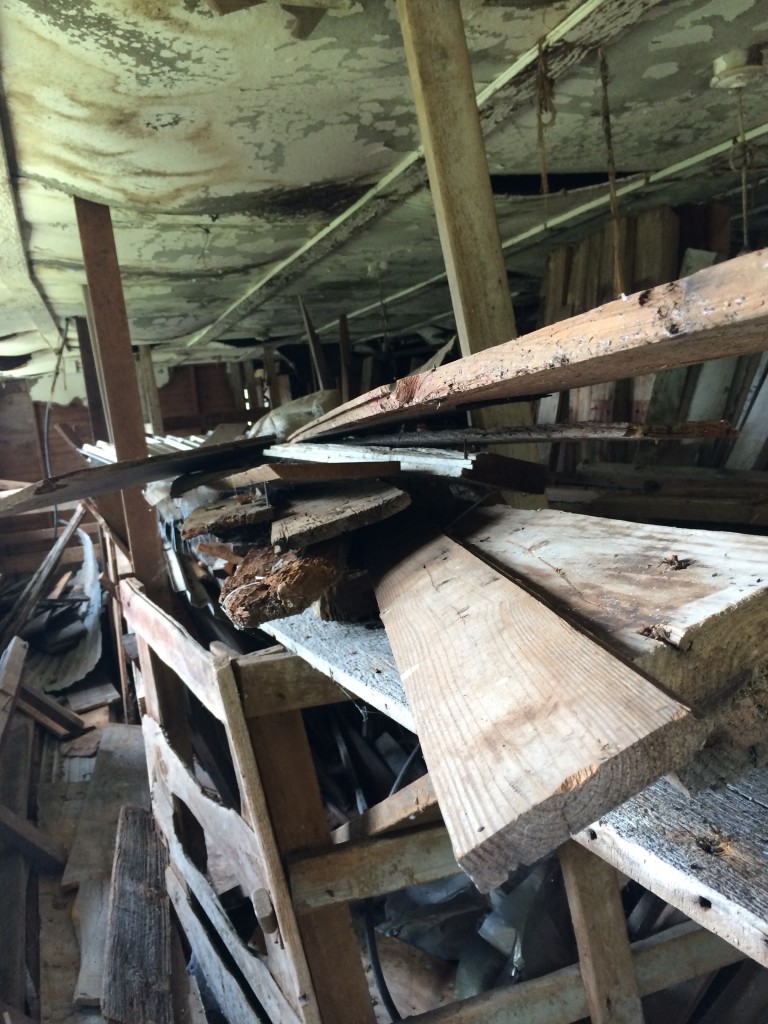
In the meantime, our search for high quality Dorset lambs at the right price was proving unsuccessful.Yet fate has a way of intervening in these matters. Like finding Mr. Right when you’ve finally sworn off dating, our Misses Rights were found on Craig’s List by Farm Camp student manager Evan Maeitta (age 15) when we had near given up in exhaustion: two Leicester Longwools in Connecticut. Who could resist this lovely lamb with the name Juliette?
Leicester Long Wools date back to England in the 1700s and are considered one of the purest breeds of sheep remaining. Furthermore, they are a breed designated as Critically Rare by the Livestock Conservancy, so they more appropriately fit our heritage and endangered breed focus here at Jo-Erl Farm than the Dorsets. How did we not think of them to begin with? Everything about them fits like a glove with who we are and what we want. And clearly they are so stinkin’ adorable—which is really the most important criterion of all.
Here’s Julliette’s dark haired flock mate, whom we are also purchasing (still un-named.) I think someone is going to be knitting a striped sweater come next winter.
Now about that abandoned calf barn.
“Many hands make light work,” “many hands make light work” was our mantra as we attacked the barn cleanup and renovation with an enthusiasm fitting of our deadline. (We had already made a deposit on the lambs, so we had a month in total to get it ready.) Just three, four-hour work sessions and many splinters later the group of young farm campers had the barn cleaned out. We sorted the materials jamming the barn into keeping, recycling, and burning piles. Only ONE bag of trash came out of that building. My father was an efficient up-cycler before the term existed.
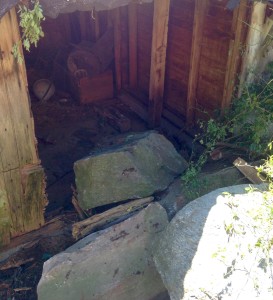 Two weeks later, our handyman Keith had ripped out any rotted walls, dealt with a huge granite rock from a stone wall falling into the building during the process (who knew the rock was resting on that wall?), restored antique windows, added a transom for additional natural light, and retrofitted the barn to its original functionality and beauty. Now we await the lambs.
Two weeks later, our handyman Keith had ripped out any rotted walls, dealt with a huge granite rock from a stone wall falling into the building during the process (who knew the rock was resting on that wall?), restored antique windows, added a transom for additional natural light, and retrofitted the barn to its original functionality and beauty. Now we await the lambs.
[jetpack_subscription_form]


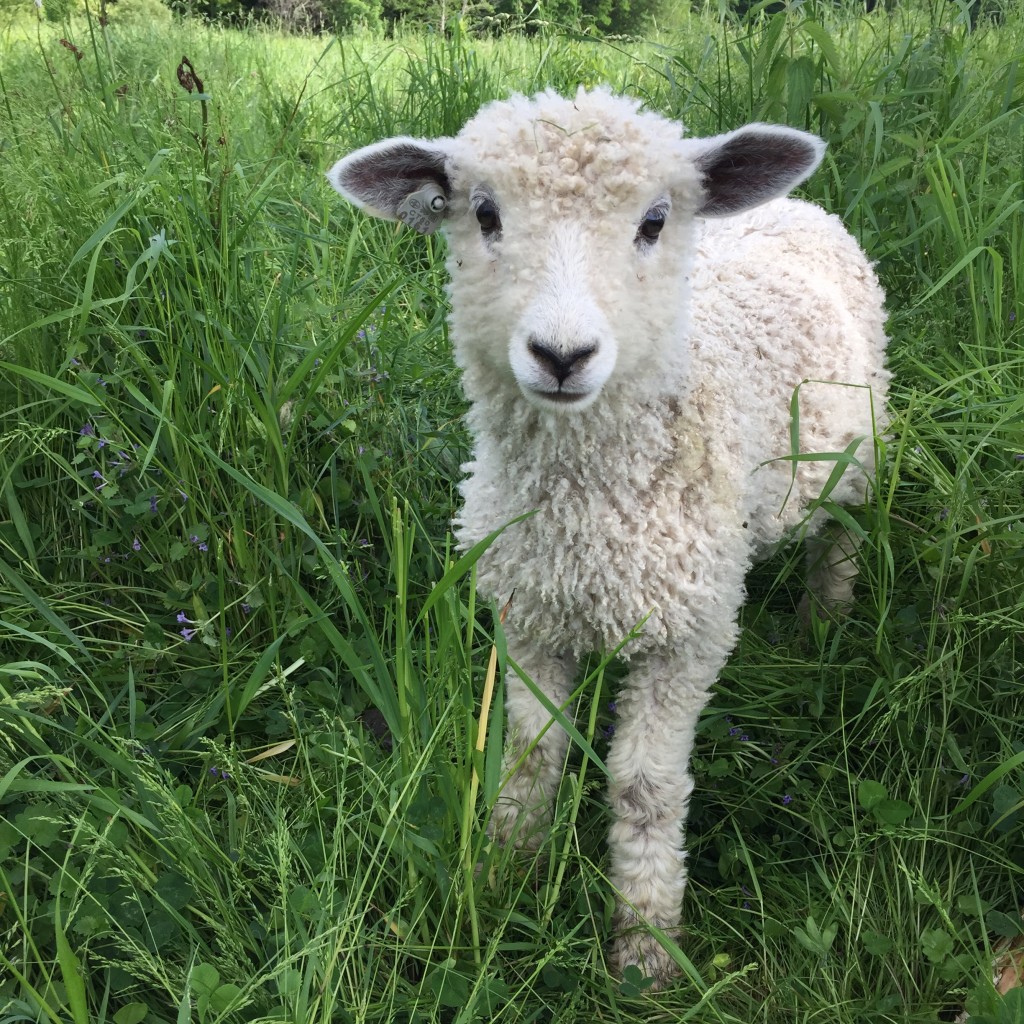
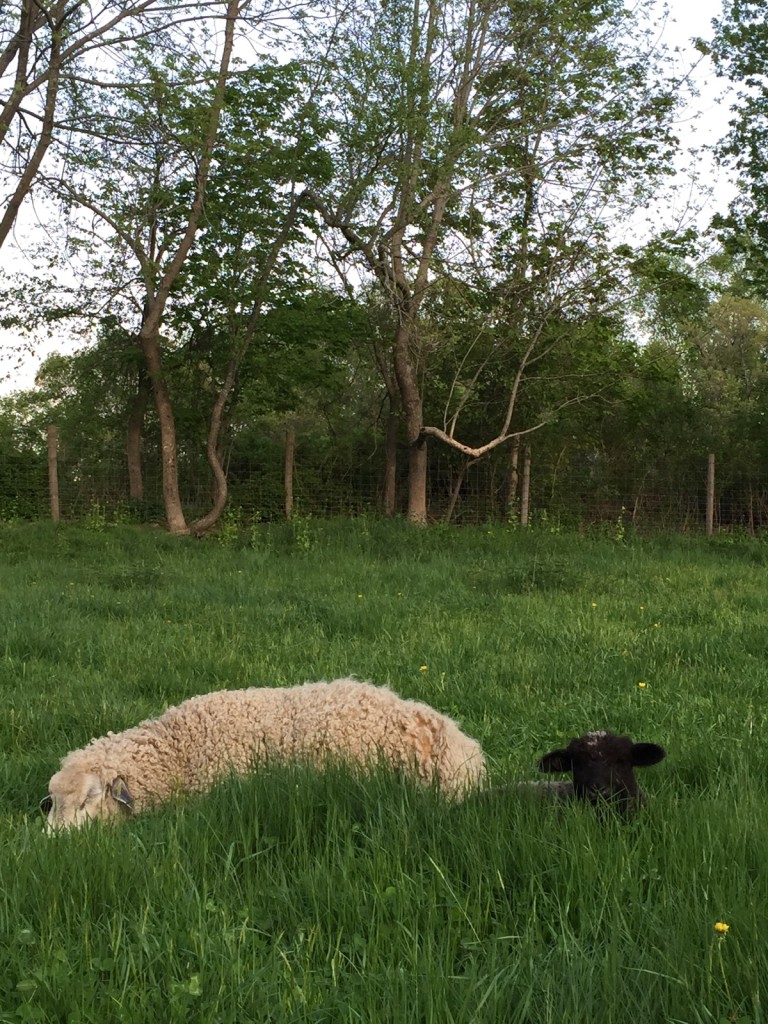
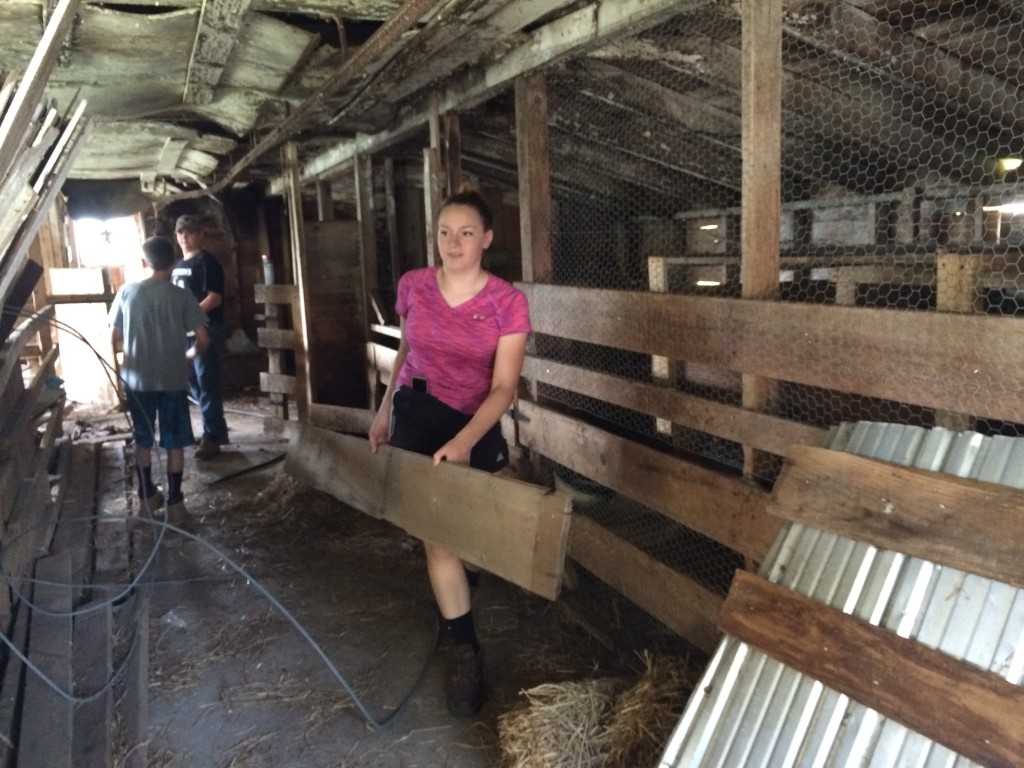
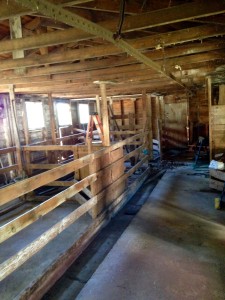
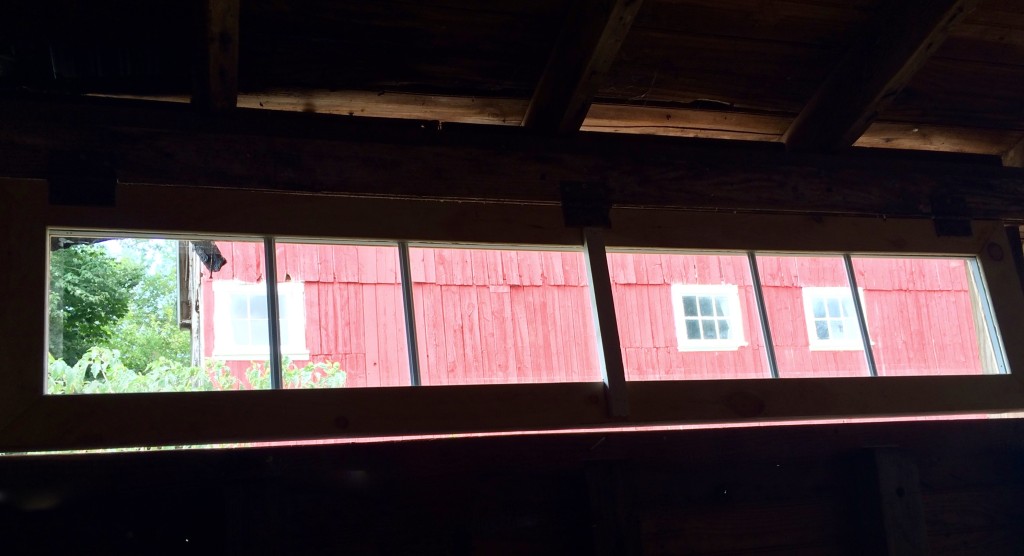
Who could resist those lambs! Looking forward to reading more about your adventure.